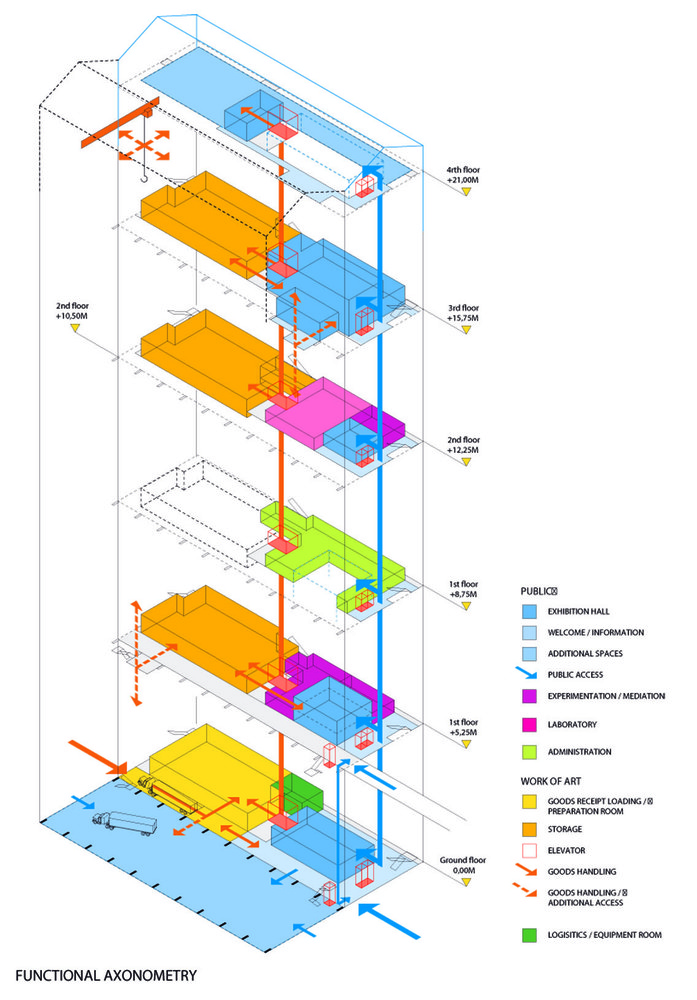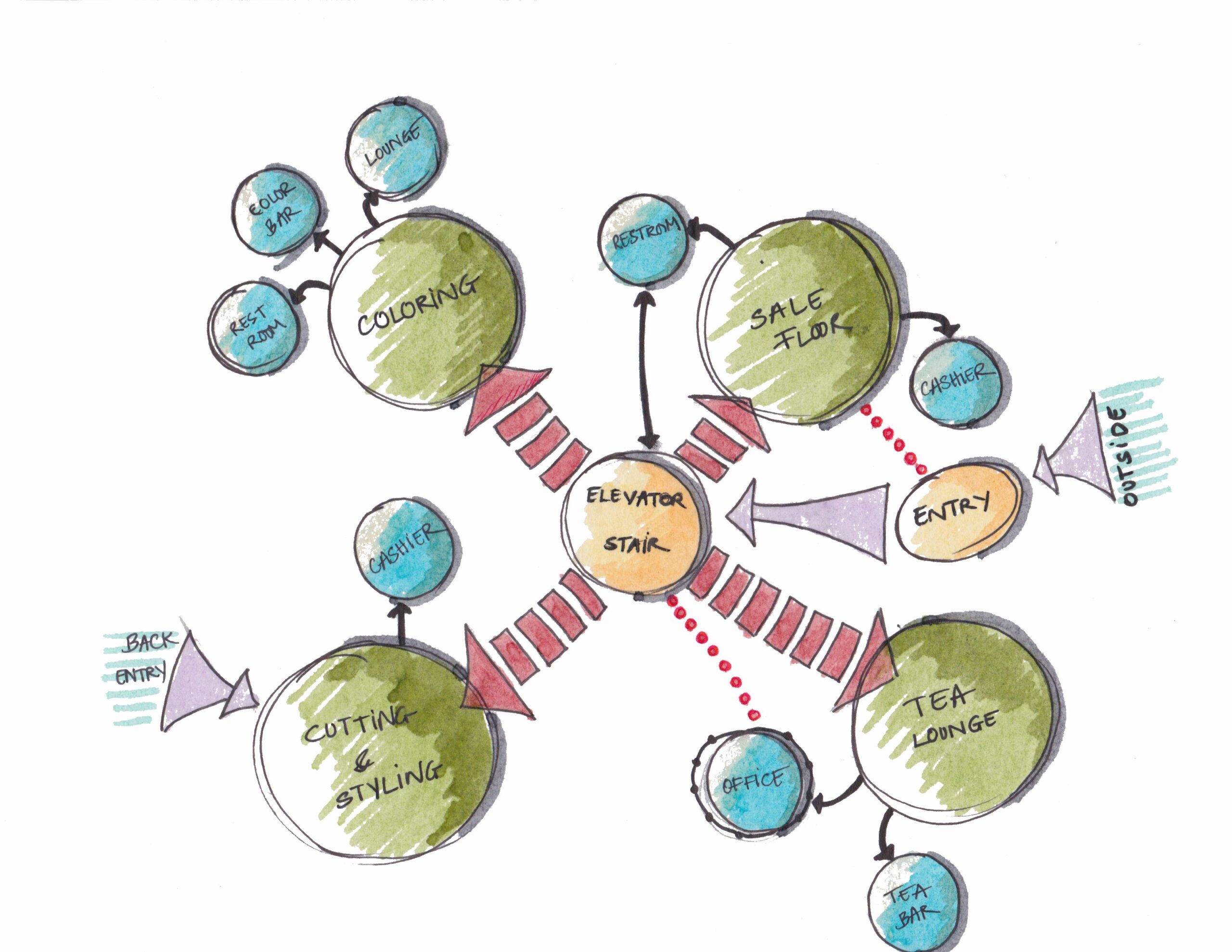- Home
- Articles
- Architectural Portfolio
- Architectral Presentation
- Inspirational Stories
- Architecture News
- Visualization
- BIM Industry
- Facade Design
- Parametric Design
- Career
- Landscape Architecture
- Construction
- Artificial Intelligence
- Sketching
- Design Softwares
- Diagrams
- Writing
- Architectural Tips
- Sustainability
- Courses
- Concept
- Technology
- History & Heritage
- Future of Architecture
- Guides & How-To
- Art & Culture
- Projects
- Interior Design
- Competitions
- Jobs
- Store
- Tools
- More
- Home
- Articles
- Architectural Portfolio
- Architectral Presentation
- Inspirational Stories
- Architecture News
- Visualization
- BIM Industry
- Facade Design
- Parametric Design
- Career
- Landscape Architecture
- Construction
- Artificial Intelligence
- Sketching
- Design Softwares
- Diagrams
- Writing
- Architectural Tips
- Sustainability
- Courses
- Concept
- Technology
- History & Heritage
- Future of Architecture
- Guides & How-To
- Art & Culture
- Projects
- Interior Design
- Competitions
- Jobs
- Store
- Tools
- More
Architectural Diagram Types

An architecture diagram is one of the representation tecniques of a set of concepts, systems, layers; including their principles, elements, and components. Architectural diagrams break down complex systems and processes into layers. So rather than trying to comprehend everything at once, you can zoom in and focus on smaller processes or systems. Diagrams have the advantage of being able to show different types of information within one image. Let’s see what types of diagrams architects can use.
Table of Contents
ToggleContextual
Contextual diagrams help you to establish relations with the environment. It is the way of showing preexistences, landscapes, or views in the context. Contextual diagrams which are kind of graphic representations allow us to indicate data that do not appear in a technical drawing of building representation.

You can show many environmental things such as solar studies and climatic conditions can be addressed in this way. They explain to us a synthesis of data and accurate measurements, which can include the directions of airflow, the position of the sun in the different seasons, and the maximum level of raininess in the plot.
Programmatic
When presenting the distribution of the program, architecture diagrams help to understand and explain to others what kind of functions that your design includes and how the activities are related to each other. Through these types of diagrams, it is possible to visualize how the activities are developed during the day and how the circulations and movements could be. These kinds of diagrams allow architects to limit the variations and phases of the design process so that they are able to make modifications and seek alternatives.

You can create program diagrams over axonometric view and sections to convey your spatial program ideas.

 Structural
Structural
One of the purposes of architectural diagrams is to show systems and layers in their simplest form. By creating structural diagrams, you can explain your project to the customer and everyone you want to tell in the simplest way. You can explain many structural elements such as carrier system, floors, walls, stairs with diagrams over exploded axonometric views in groups.


Circulation
Circulation diagrams are made to show the movement of users around a space. They explain the ways in which people will use a building or area.

If you have various circulation scenarios for your design, such as student, tourist circulation or day and night circulation, you can explain these movements in a diagram with different colors.

- architectural blueprint diagrams
- Architectural diagram examples
- Architectural Diagram Types
- Architectural Diagrams
- architectural drawing types
- Architectural Portfolio Diagrams
- architecture design diagrams
- architecture diagram software
- architecture diagram templates
- architecture diagrams for software
- architecture flow diagrams
- building architectural diagrams
- cloud architecture diagrams
- diagram
- diagramming tools for architects
- Diagrams for Portfolios
- enterprise architecture diagram
- How to Create Diagrams
- IT architecture diagrams
- network architecture diagram
- software architecture visualization
- solution architecture diagrams
- system architecture diagrams
- types of architectural diagrams
- visual architecture tools
Submit your architectural projects
Follow these steps for submission your project. Submission FormLatest Posts
Top 8 Luxury Vacation Rentals Features Guests Love Most
A luxury vacation rental offers an entirely different experience than a typical...
Why Local Expertise Matters: Choosing the Right Plumbers in Townsville
Why Local Expertise Matters: Choosing the Right Plumbers in Townsville When it...
Bathroom Remodel ROI: How to Add $15–30K to Your Home Value in 2025-2026
Outdated bathrooms can drag a listing 20-30% longer on the market. Buyers...
The Key Factors to Review When Comparing Fiber Providers in Minneapolis
Looking for a fiber provider in Minneapolis can feel surprisingly overwhelming. The...













Leave a comment